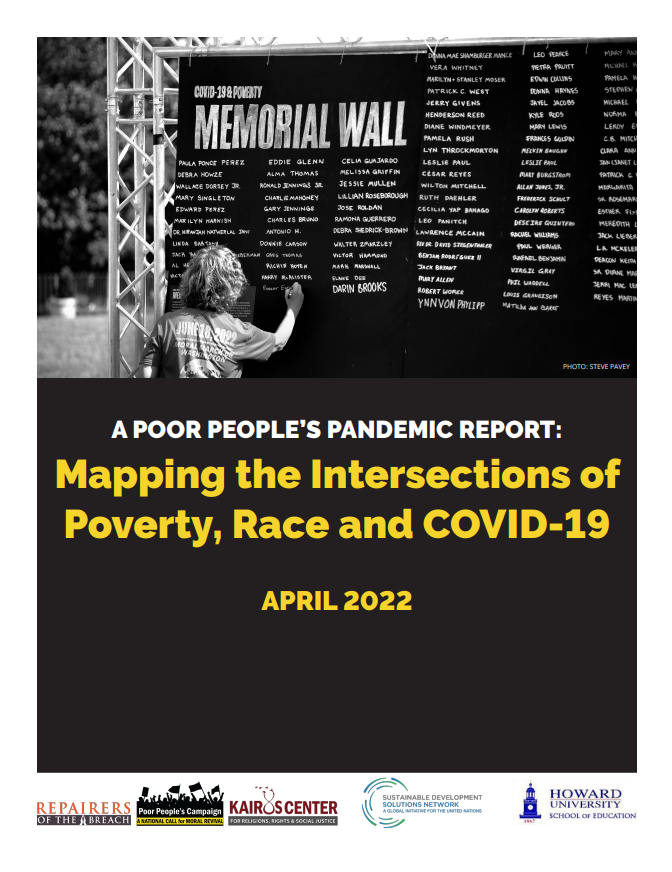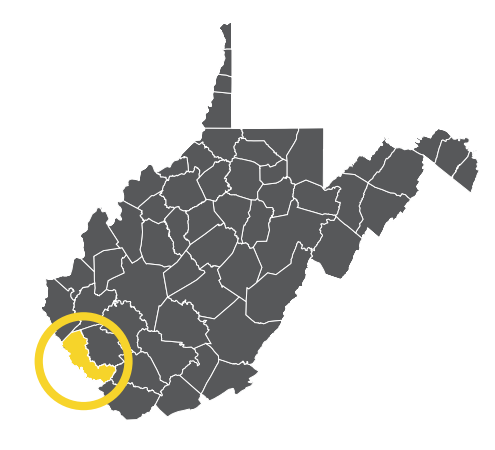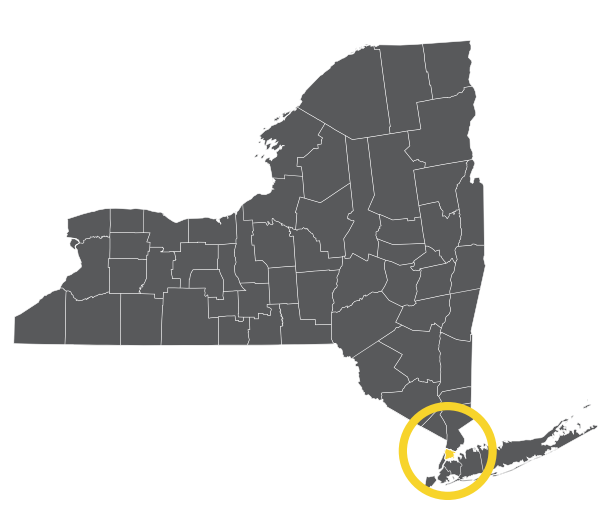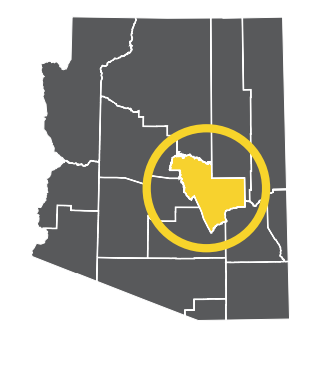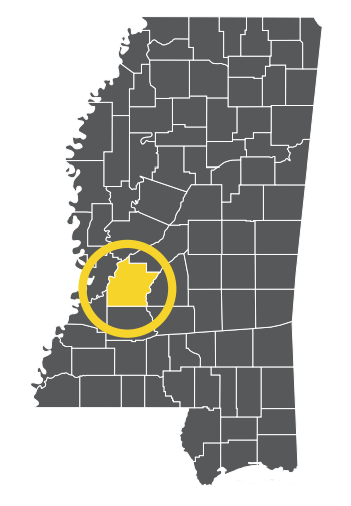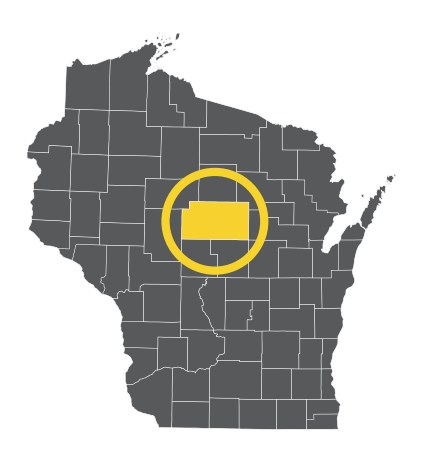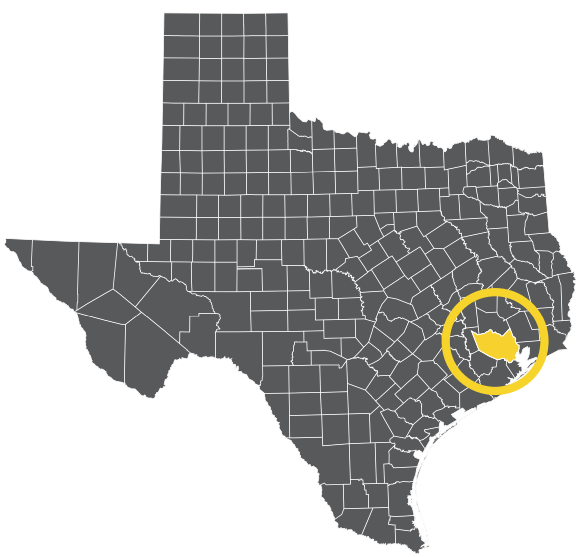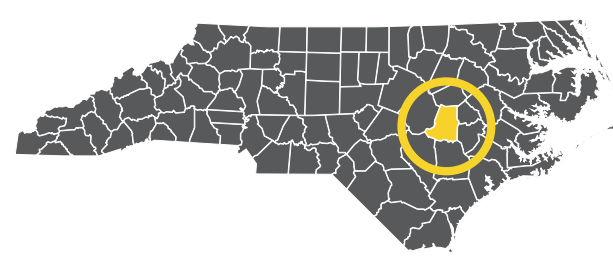Mapping the Intersections of Poverty, Race and COVID-19
April 2022
Crises do not unfold independent of the conditions from which they arise. The COVID-19 pandemic exacerbated preexisting social and economic disparities that have long festered in the US. Widespread and unequal distribution of wealth, income and resources prior to the pandemic created the conditions for many of the negative outcomes associated with the virus.
However, there have been glaring omissions to consistently collect and disseminate data on poverty, income and occupation, as they relate to COVID-19 outcomes. Income and wealth information is not systematically collected for people who have died or fallen ill from COVID-19 in the US, therefore, there is no systematic way to know the poverty status of those who died. This has left a gap in our assessment of the pandemic, including both its drivers and solutions.
The Poor People’s Campaign has been working with the UN Sustainable Development Solutions Network (SDSN) to fill this gap. Scroll down to read our digital report, A Poor People’s Pandemic: Mapping the Intersections of Poverty, Race and COVID-19. Below the report visit the interactive dashboard and explore additional resources, including data files, county-level snapshots and a statement from the Health Justice Advisory Committee to the Campaign.
Digital Report and StoryMap
Interactive County-Level Map
Click on any county, or enter the state and county name, to see data on COVID-19, poverty, racial demographics and more.
How COVID-19 exacerbated preexisting social & economic disparities
Snapshots by County
Read snapshots on various counties that connect the data to local conditions.
MINGO COUNTY, WEST VIRGINIA
Mingo County is one of the lowest income counties in the U.S.. Its COVID-19 death rate is 470 per 100,000, ranking it in the highest 25% of counties by COVID-19 death rates. It is 95% white, with over half (52%) of its residents living under 200% of the poverty line.
BRONX COUNTY, NEW YORK
Bronx County is one of the most diverse counties in the state of New York. It is also among the lowest income counties in the U.S., with 51% of the county living under 200% of the poverty line and over 60% of residents being rent-burdened, i.e., paying more than 30% of household income towards rent. It has a COVID-19 death rate of 538 per 100,000, which is among the highest 10% death rates in the country.
GILA COUNTY, ARIZONA
Gila County is among the lowest income counties in the U.S., with 44.68% of its population – which is 62% white, 18% Hispanic or Latino and 16% Native – living under 200% of the poverty line. During the pandemic, it had a COVID-19 death rate of 641 per 100,000, one of the highest death rates in the country. Approximately one in ten of its residents are uninsured. The San Carlos Apache Reservation is partially situated in Gila County. They established a COVID-19 response team to assess and meet community needs in the pandemic. One of their main goals was to protect their elders.
HINDS COUNTY, MISSISSIPPI
Hinds County is among the poorest third of counties in the U.S., with a poverty rate of 44%. Its COVID-19 death rate is 320 per 100,000 and its uninsured rate is more than twice the uninsured rate of the wealthiest counties in the country. Olivia Womack, who is a college student from Hinds County, lost more than 20 members of her family to COVID-19.
MARATHON COUNTY, WISCONSIN
Marathon County is right in the middle of Wisconsin. Its population is predominantly white (88.7%) and typical of the “Rust Belt,” in terms of the impact of deindustrialization over the past several decades. It is a higher median income county ($62,000), where poverty is still prevalent: one in four residents are living under 200% of the poverty line.
HARRIS COUNTY, TEXAS
With over 4.7 million people, Harris County is the most populous county in Texas. It is approximately 43% Hispanic or Latino, 29% white and 18% Black. Houston, the county seat, is home to the largest concentration of healthcare and research institutions in the world, however over 20% of the county is uninsured. Harris is another county where median household income is relatively high (over $61,000), but poverty is widespread: one-third of its residents live under 200% of the poverty line and nearly half of the population are rent-burdened. During the pandemic, the county’s death rate (233 out of 100,000) concealed a high number of county deaths (10,499).
WAYNE COUNTY, NORTH CAROLINA
Wayne County is a rural county in Eastern North Carolina. Approximately 42% of its residents live under 200% of the poverty line, nearly half of the county is rent-burdened, and its uninsured rate (12.6%) is more than two and a half times the uninsured rate in the wealthiest counties of the country. Its residents are 53% white, 30% Black and 11.8% Hispanic or Latino. During the pandemic, it had a death rate of 302 out of 100,000.
Read more on the methodology for this report.

